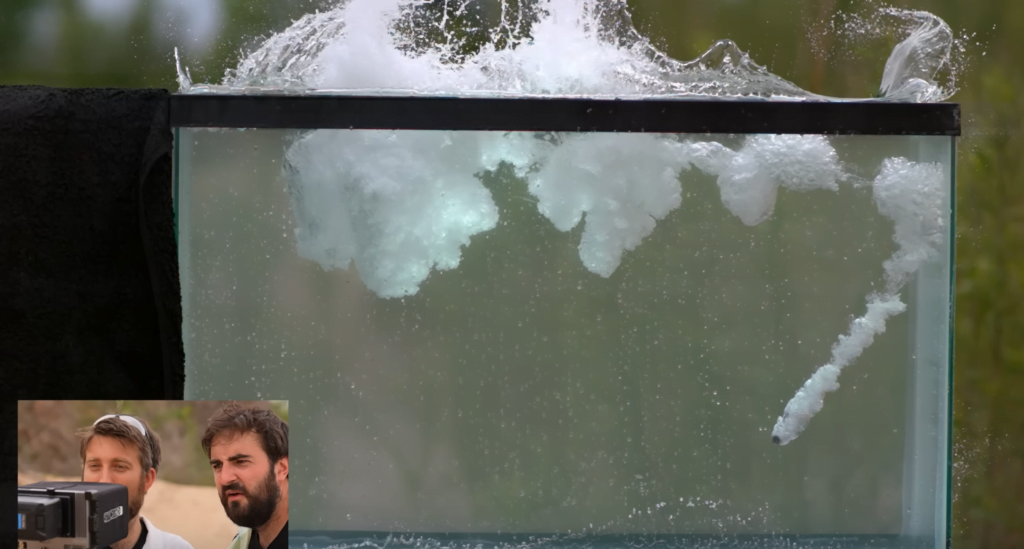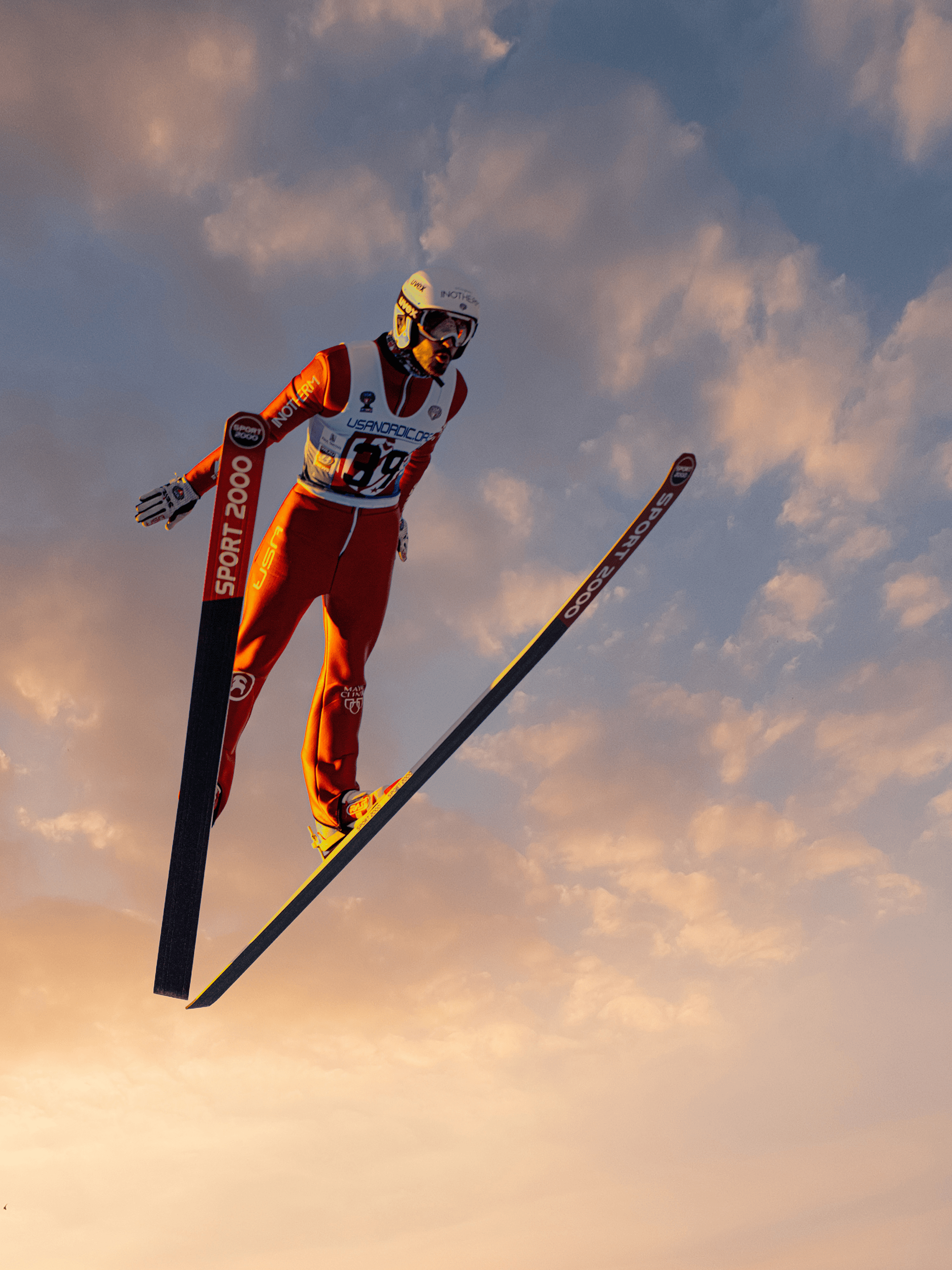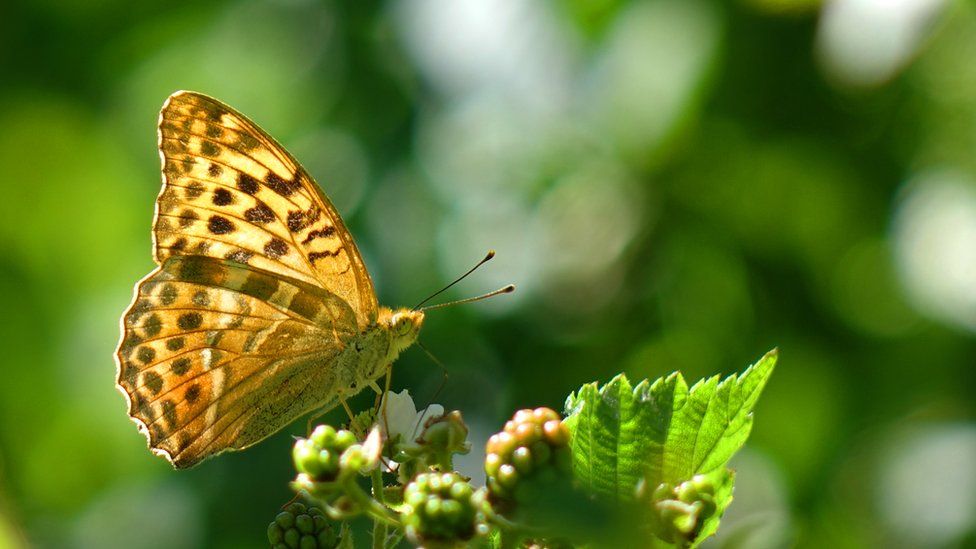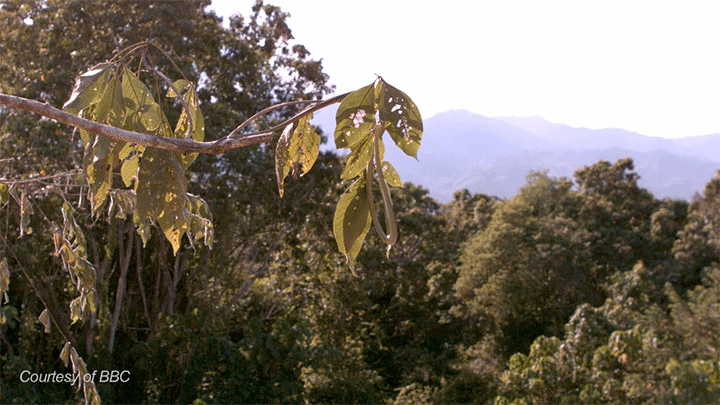In the 1920s, the world saw a new sort of marine propulsion, ships with one or more tall, smokeless cylinders. These Flettner rotors, named for their inventor, would spin in the wind, generating lift to propel the boat, much as a sail would. (The difference is that the rotor uses the Magnus effect.)
The market crash that kicked off the Great Depression spelled an end to the rotorship, but the idea is getting revived as industries search for greener forms of ship propulsion. Although the Flettner rotor still uses fuel (to spin the rotor), it can complete a voyage on only a small fraction of the fuel needed for conventional propulsion. (Image credit: Getty Images; via PopSci)


























